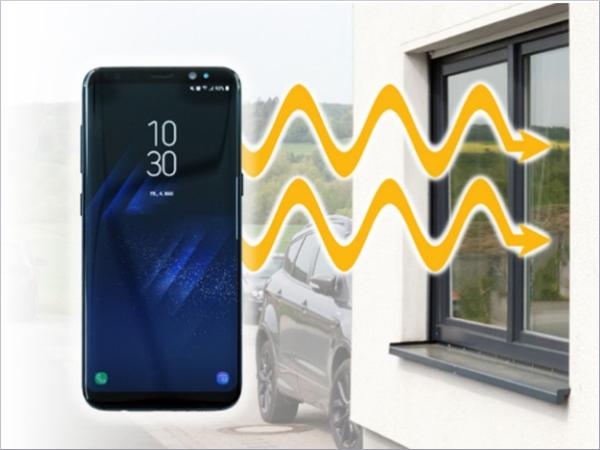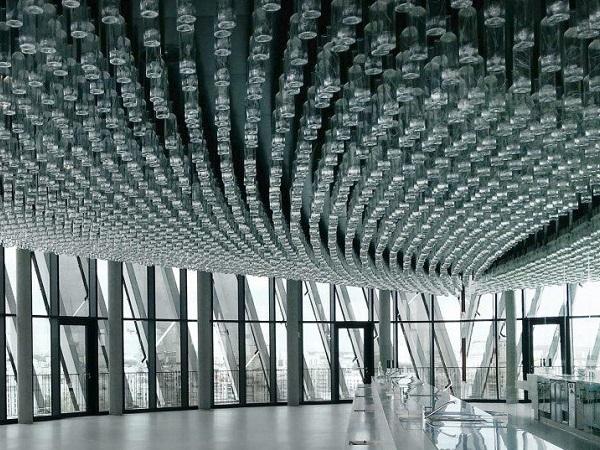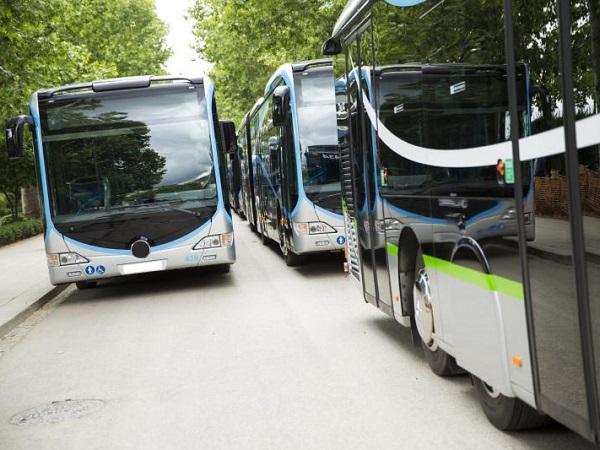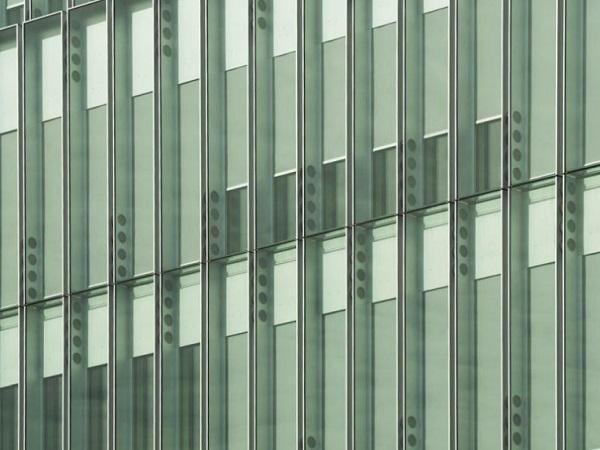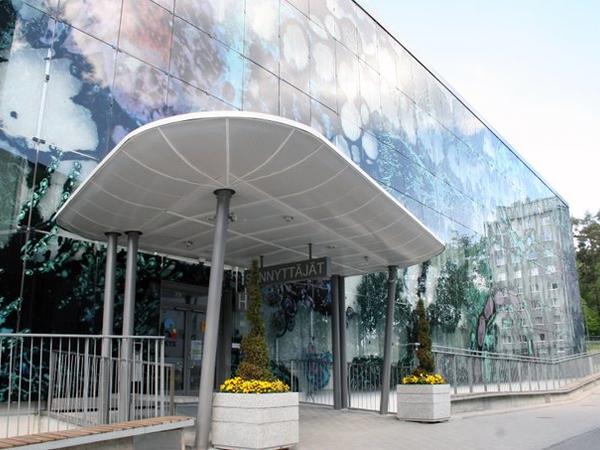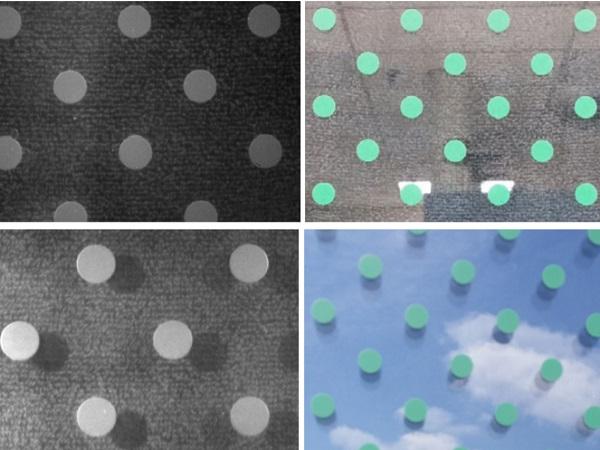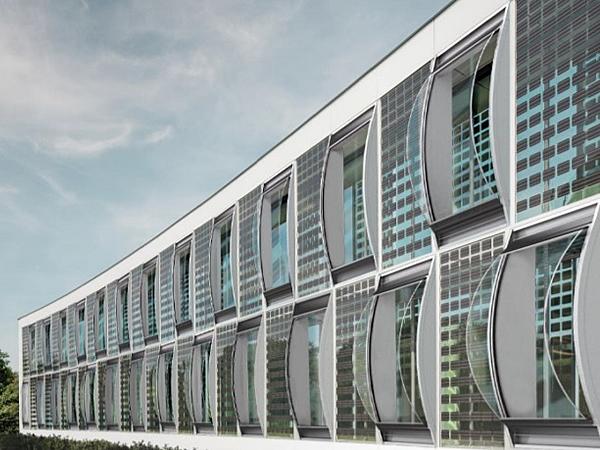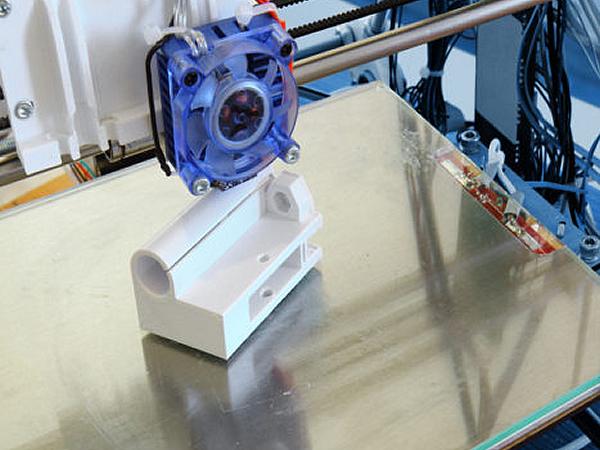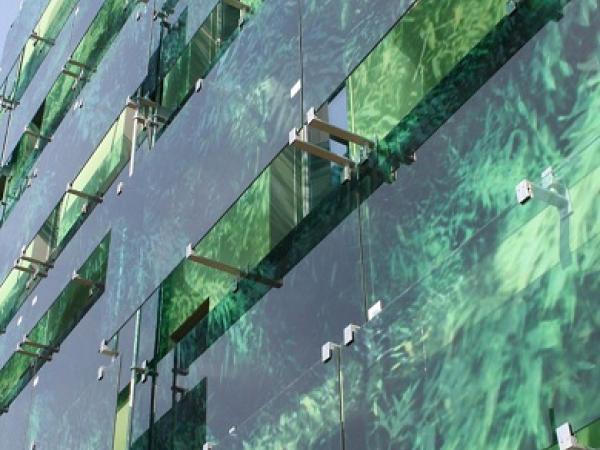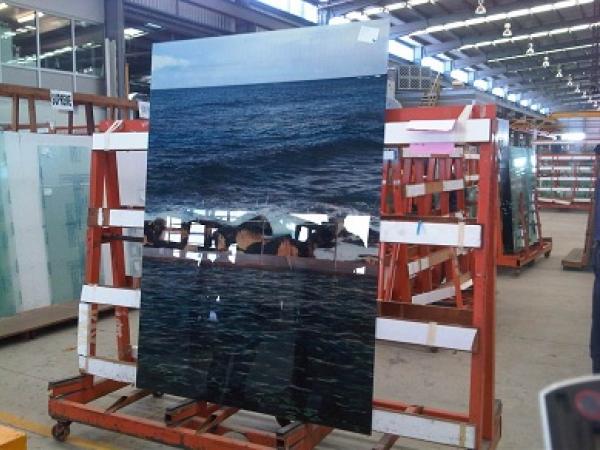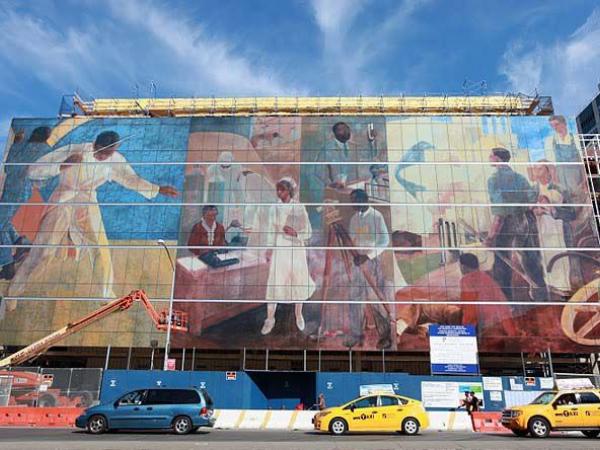Others also read
| For the first time, a "laser upgrade" for façades, balustrades and windows in their installed state is possible by using mobile laser technology.
| Glass can form and shape a space, creating transparent architecture that can make you feel closer to the outside world.
| The latest Glastory blog is dealing with the newest trends coming to the bus glass market - how the cut-outs, digital and screen printing, larger surfaces and thinner glass to reduce weight and fuel consumption is challenging the glass processing.
| Contemporary architectural transparency (understood as the optical property of the material) is constantly being redefined and, over the last decade, new design trends have developed related to transparent façades in architecture.
| As a modern society, we’re spending about 90% of our time indoors – at home, in offices or commuting. How is it possible to get access to daylight, when we can’t naturally be outside? By making buildings more transparent.
| It is estimated that 100 million to 1 billion birds a year perish due to collisions with glass.(1-2) In North America, some communities have enacted legislation aimed at protecting birds by calling for the design and installation of birdsafe glazing.
| This contribution is an excerpt of the journal publication by Louter et al. 2018. It explores the potential of thin glass for architectural applications and reports on two thin glass concepts.
| Borosilicate glass, in particular, is extremely well-suited for 3D printing processes in a range of applications.
| An innovative synthesis of UV-cured digital print and industrial surface coatings transforms façades into modern art
| Glass has been used for both decorative and functional purposes for much of history; the forms and techniques used have changed with our technological advances.
| Modern digital printing technologies using ceramic inks are providing new interesting opportunities for longlasting decorations and optical effects on glass.

